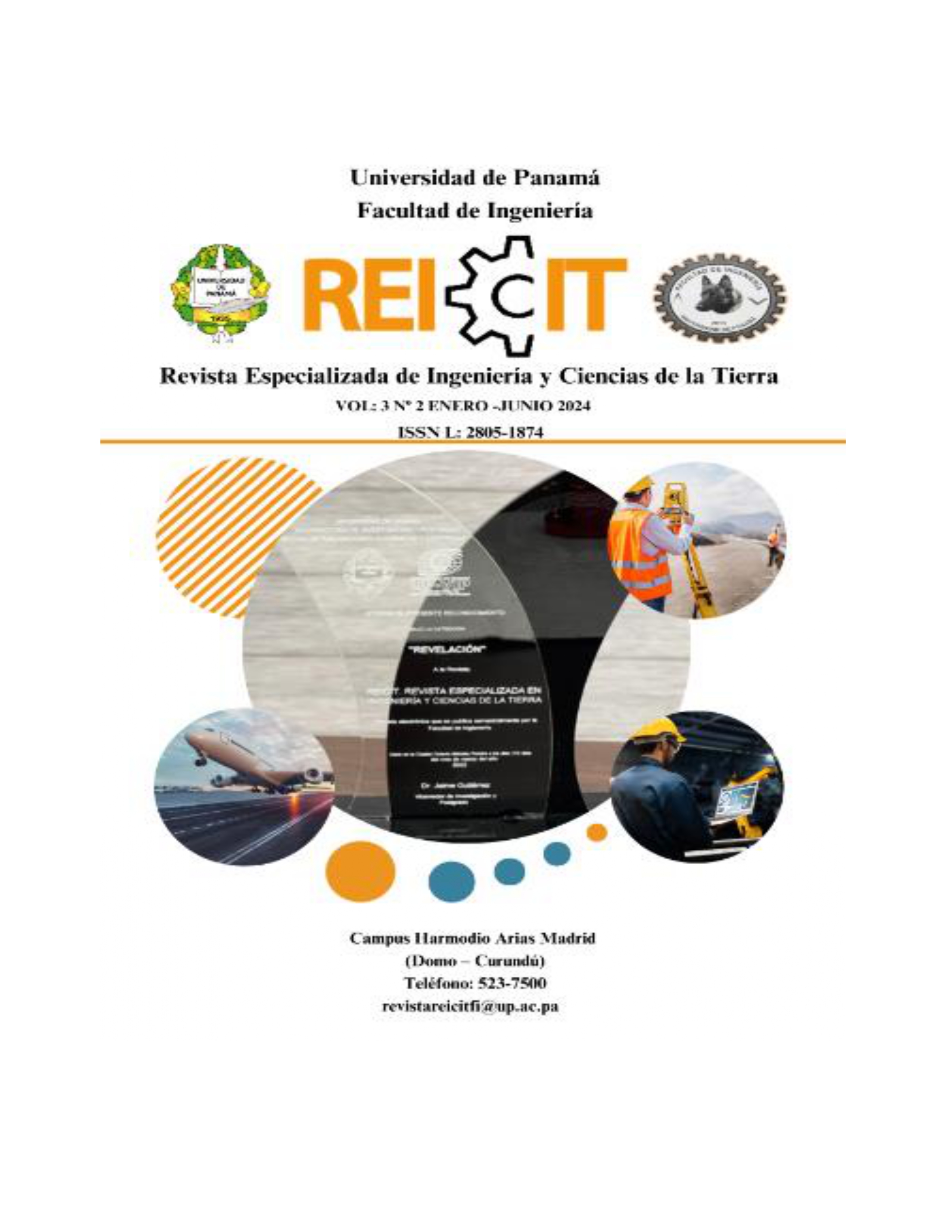

Copyright (c) 2024 REICIT

This work is licensed under a Creative Commons Attribution-NonCommercial-ShareAlike 4.0 International License.
Currently, with the advancement of information technology, the development of mobile applications has increased, thus reaching the field of nutrition. But there is no application that facilitates control over fluid intake for people who suffer from this disease. The purpose of this research is to detail the process of developing a mobile application with the objective of providing a guide for controlling fluid intake for people with chronic kidney disease, in this way quick and easy access to all information about the amount of liquids you consume through the intake of fruits and legumes, in order to have more effective control over this, which can contribute to improving your quality of life. The results show that a process for the development of an Android application aimed at people with chronic kidney disease to control fluid intake through the consumption of fruits and legumes, must start from an analysis of the requirements, which include the description and specifications of the application. In addition, functional requirements and non-functional requirements must be considered in the design and development phases, among which are the properties of the system such as performance, availability, among these, emphasis was placed on coding and documentation; security (registration screen); water consumption control screen; Overflow menu; FG Calculator; maintainability and availability; interface and usability. It is concluded that following this process, the results of this research demonstrate that the ACIL is designed and developed as a promising tool to improve users' knowledge about liquid consumption through the intake of fruits and vegetables.